The eerie secret hiding within Japan’s magnificent temples
Australian tourists have been warned to be on the lookout as they wander the streets of Japan due to this one eerie secret.
Demonic security guards are secretly watching Aussie tourists while they wander Japan’s thousands of magnificent temples.
Travellers who explore famous religious sites in Tokyo, Kyoto or Osaka don’t realise their behaviour is closely monitored by these creepy ogres.
Aussie travellers are lured to Japan not just by it modern cities, elite cuisine, and distinctive culture, but also its array of splendid spiritual sites.
Japan has more than 80,000 Buddhist temples and Shinto shrines, including top attractions like Tokyo’s grand Senso-ji, Kyoto’s sublime Kiyomizu-dera, and Osaka’s majestic Shitenno-ji.
While visitors savour the commanding architecture and serene gardens of these temples, they unknowingly walk through wild tales from Japanese mythology.
Every person who enters one of these Buddhist sites can look up and spot its Onigawara roof tiles.
Although these ceramic artworks look like mere ornaments, they actually have a crucial role. Because each tile depicts an Oni ogre, whose job is to watch over the temple.
For more than 1000 years, Japan’s temples and shrines have been decorated by Onigawara carvings of these ogre demons, which provide them with cosmic protection. All of which sounds confusing. Until, that is, you learn about this country’s deep connection to angels and demons. In Japanese mythology, this eternal Good vs. Evil battle takes place between Tennyo angels and Onryo demons.

Tennyo are commonly depicted as beautiful women in flowing robes. Tourists can see them in mural or statue form at many religious complexes, or carved into a giant wooden sculpture inside the main Tokyo branch of the Mitsukoshi department store.
Whereas Tennyo are pure and peaceful, Onryo are much more complicated in character. This class of demons, which includes the Oni ogre, are considered malicious, and capable of causing great harm not just to individual humans, but to Japanese society as a whole.
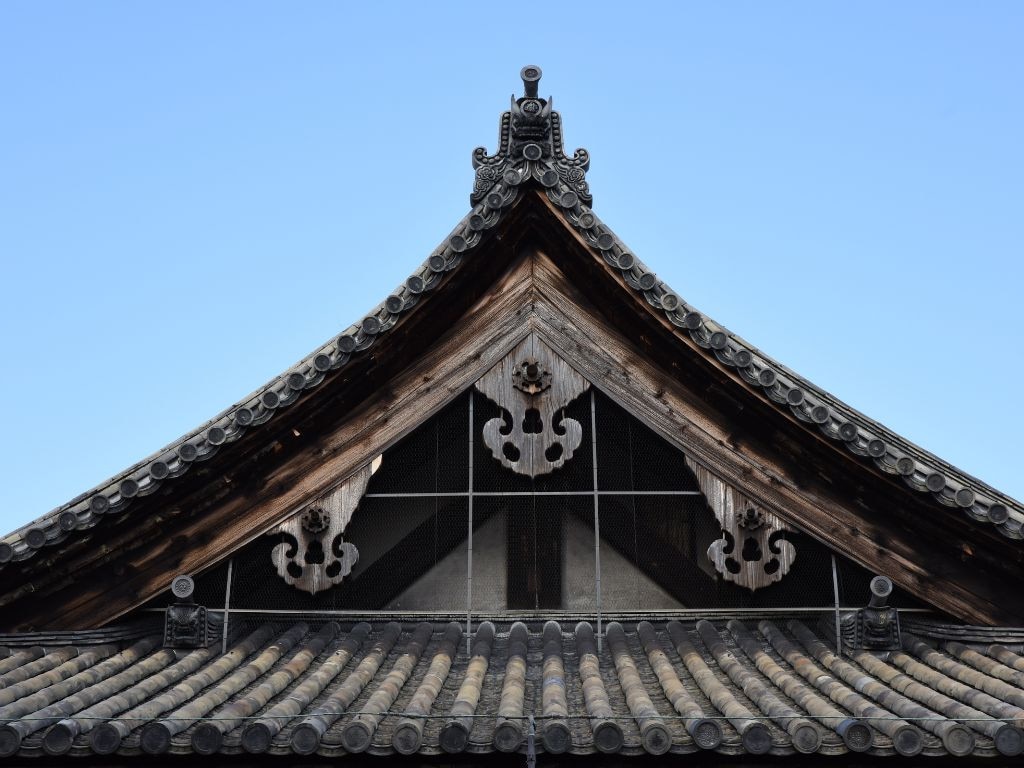
Yet Onryo aren’t just evil. They can also be a great ally to those humans who worship them and earn their favour.
Which is why tourists at Japanese Buddhist temples may spot locals kneeling before a statue of a vicious-looking beast.
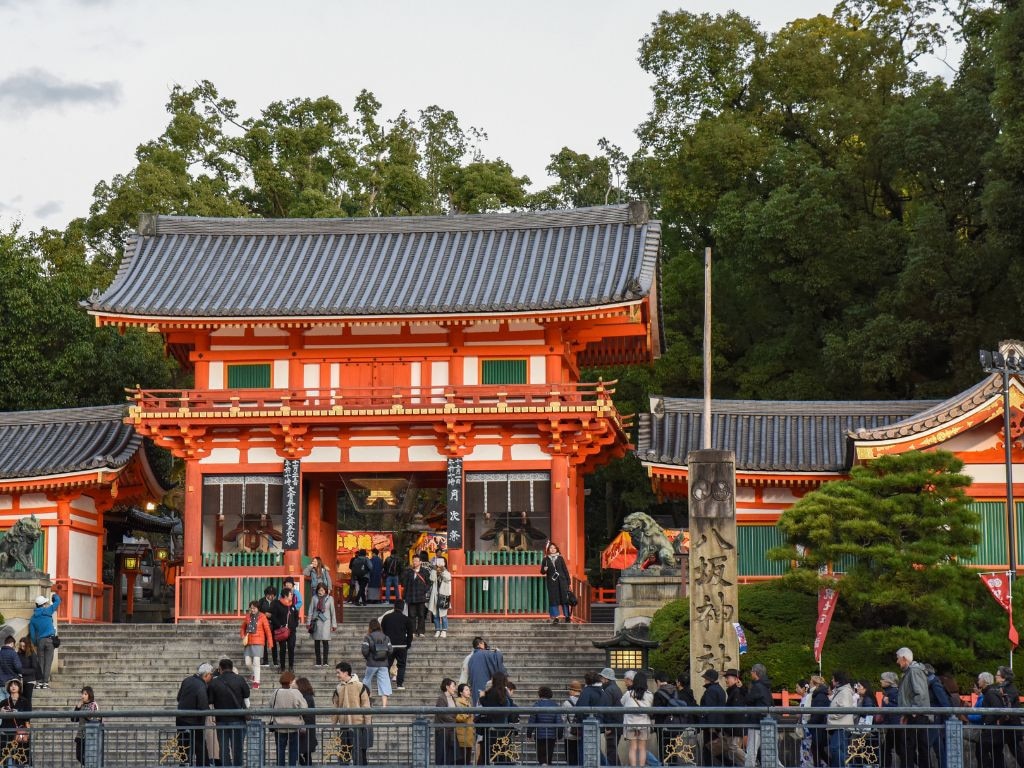
They may be venerating any of the dozens of different types of Onryo demons. Some Onryo are shapeshifting beasts, like the Oni ogres. Others are ghosts of humans who were wronged during their life and have returned to haunt Japan as revenge.
Tourist can see both of those styles of Onryo demon being respected at Tokyo’s Oiwa Inari Tamiya Jinja. That pretty shrine, near popular Shinjuku Gyoen National Garden, is dedicated to a demon named Oiwa, a woman who was murdered by her husband and now prowls Tokyo as a vengeful ghost.
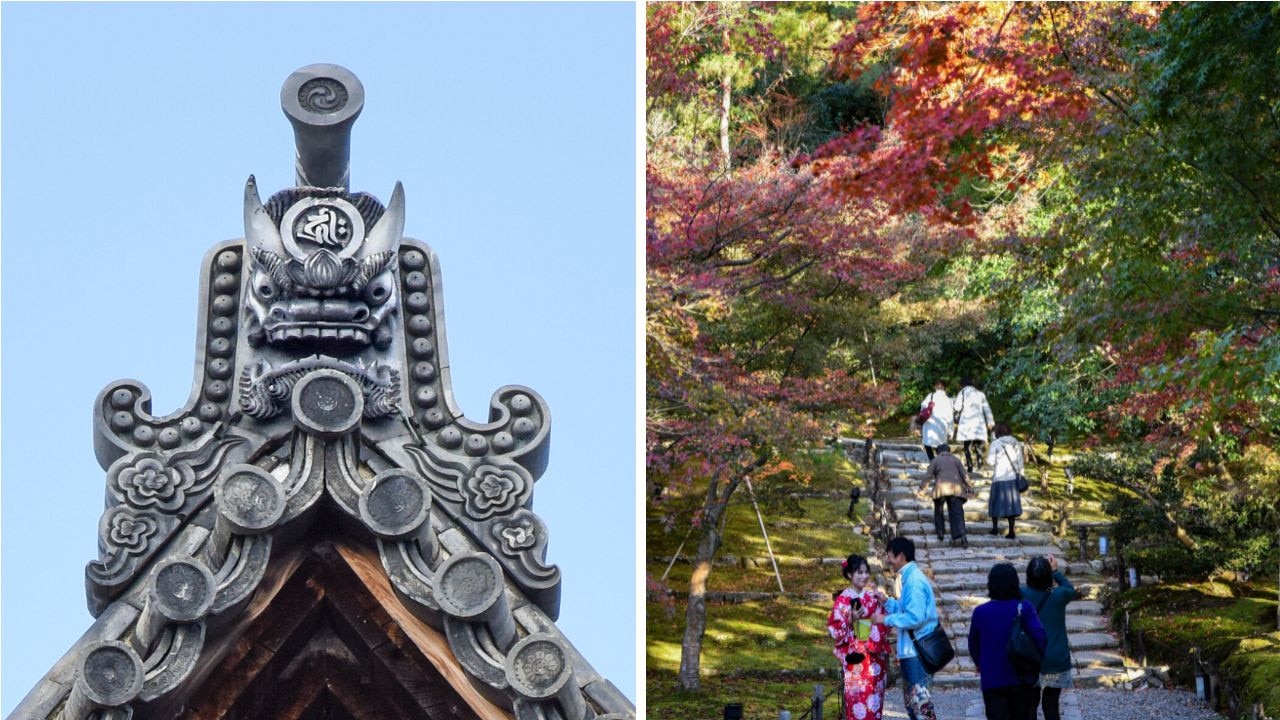
Meanwhile, the roof of this shrine hosts another type of Onryo, the Oni. Several of these ogres sits on its roof in sculpture form, peering down through the trees at local worshippers and foreign tourists. Just as it does at tens of thousands more Japanese temples.
Oni are easy to identify, once you know what to look for. Most commonly, these ceramic artworks have two horns, wide eyes, a bulbous nose, and a gaping mouth bearing sharp teeth. Typically, they are positioned at the end of the ridges on a temple’s roof.
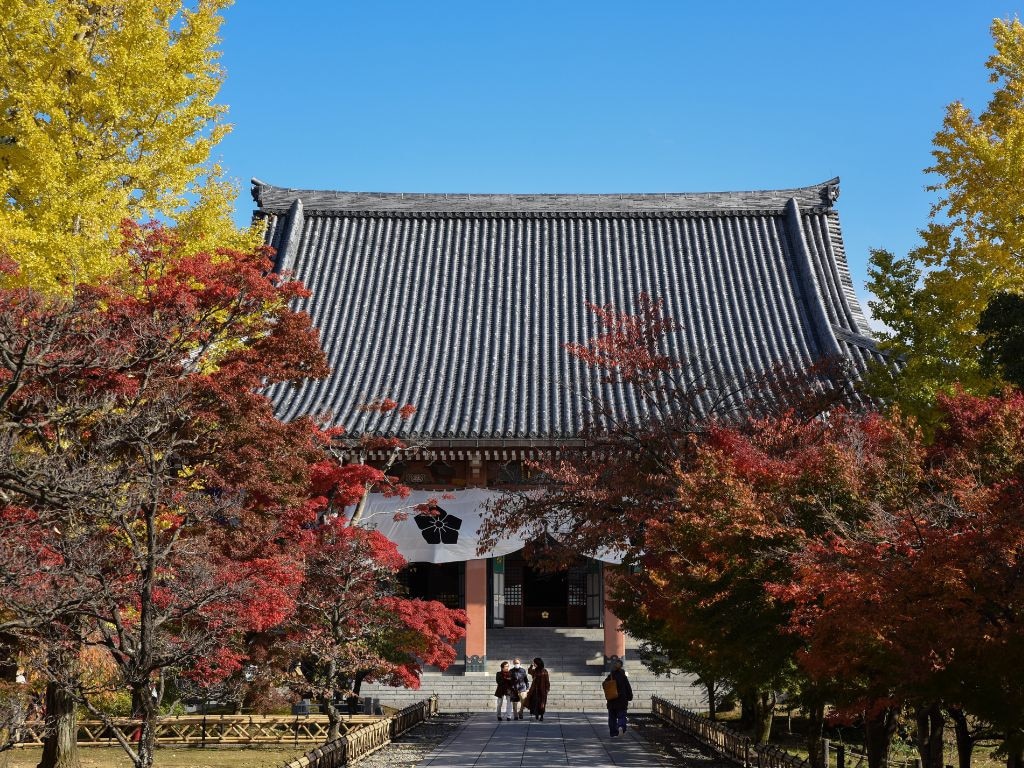
This tradition is at least 1400 years old. Onigawara roof tiles have been traced back to the 6th century, when a Korean artisan landed in Japan and pioneered the concept of tiles. This new style of roofing was then used at Asuka-dera, a brilliant Buddhist temple in Nara, which was the capital of Japan at that time.

Remarkably, Asuka-dera is still standing. Perhaps due to the protection offered by its Onigawara tiles, which visitors can spot atop each corner of its roof. Elsewhere in Nara, tourists can admire especially menacing Oni ogres atop colossal Todai-ji temple and graceful KÅfuku-ji temple.
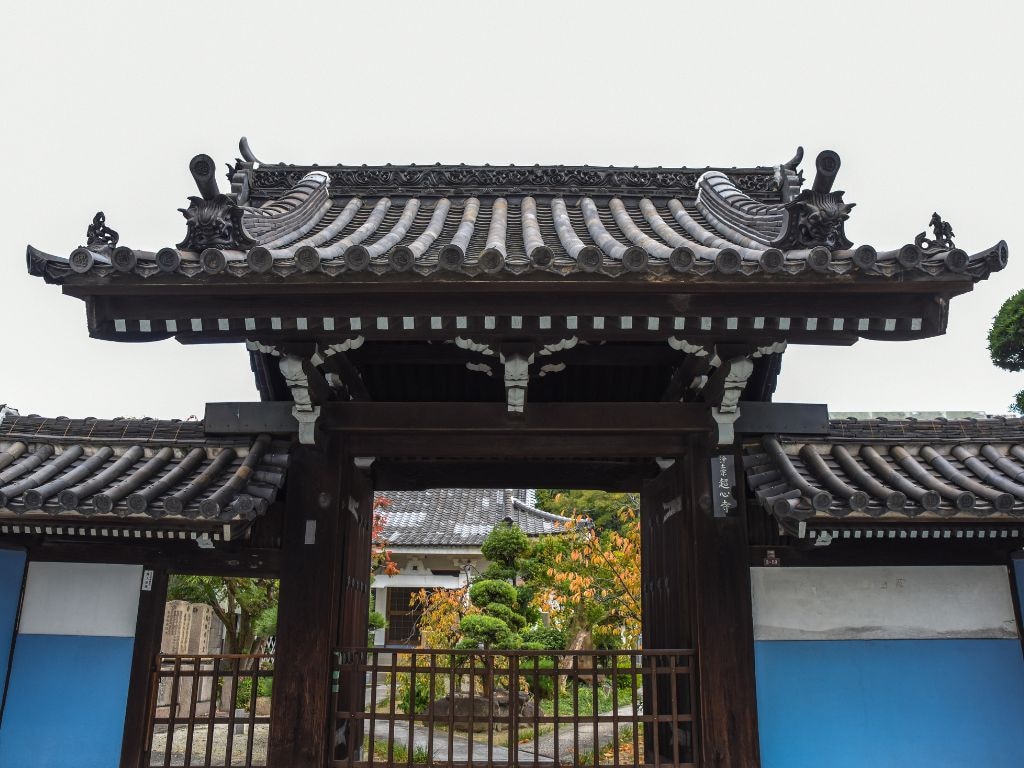
Or travellers can admire outstanding demon tiles in the nearby tourist hubs of Kyoto and Osaka. In Osaka, Oni ogres stand sentry at the photogenic Sumiyoshi Taisha shrine, the sprawling Osaka Tenmangu shrine, and historic Isshin-ji temple.
Kyoto, meanwhile, is even more laden with Oni, due to being the most traditional of all Japanese cities. Onigawara tiles sit atop its memorable Kodai-ji, and golden Kinkaku-ji temples, among many more landmarks. They are also are positioned on the roofs of old-fashioned Kyoto homes, to protect the inhabitants.
Aussies can learn to make their own Onigawara tiles while visiting Kyoto, Japan’s former capital city and its modern day hub of traditional crafts. Kawarakoubou is a Kyoto art business run by a veteran Onigawara craftsman, who teaches tourists how to take lumps of clay, and hand-mould them into devilish shapes.
These artworks are then baked in his kiln, before being delivered to the tourist’s hotel for them to take home as a unique keepsake. Just make sure, upon landing back in Australia, that you declare to customs you’re carrying a demonic security guard. That may take some explaining.
Ronan O’Connell is a Perth based travel journalist and photographer with 20 years’ experience. He writes and shoots for major media outlets across the world and has visited more than 60 countries.





